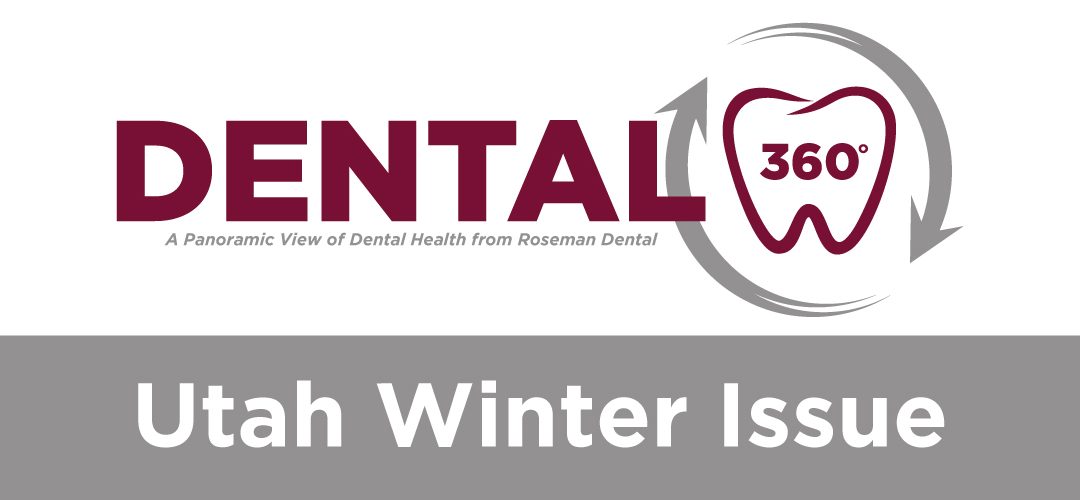
How to Floss Properly
Your dentist tells you that you need to floss, and it may sound easy enough, but did you know that many people are flossing incorrectly?
There’s more to flossing than you might think. Millions of Americans don’t floss daily. Skipping this step can cause serious dental problems. And flossing incorrectly is a waste of time. The good news is that there is help. The following steps will walk you through the correct and proper way to floss your teeth each day.
- You should floss at least once every day, twice if you can. The perfect time is morning and night when you brush your teeth. If you have something stuck between your teeth, floss immediately to remove it, rather than waiting.
- Use about 18 inches of floss. For an average person, that will stretch from your fingertips to about your elbow. Starting on one end of the floss, wrap it around each of your middle fingers, with about an inch or two of floss running between the two middle fingers. Pull the floss taut with your index fingers and thumbs on each hand.
- Gently slide the floss up, back and forth between each of your teeth. Be sure to follow the curve of each tooth, extending the floss beneath the gum line. This will pull out any food or buildup that may be caught underneath. Be careful not to force the floss or snap it against your gums, as this can cause pain or even bleeding. Just keep it gentle and smooth at all times.
- As you move to the next tooth, unwind the floss from one middle finger, and wrap the used portion of floss around the other middle finger. This ensures that a clean section of floss is used each time.
- When removing the floss from between the teeth, gently slide it back and forth while pulling it down and out from between the teeth.
If you have not flossed in quite a while, the first couple of times you floss it may cause a small amount of bleeding or pain in your gums. If the bleeding or pain is excessive, be sure to contact your dentist before you continue. If you remember to floss daily, the pain and bleeding should subside within a few days.
There are two main types of floss to choose from: nylon waxed and wide polytetrafluoroethylene (PTFE). Studies have shown that both kinds are equally effective at removing plaque, food particles and bacteria from teeth and gums. Interestingly, a recent study found that 75 percent of adults indicated a preference for PTFE floss over nylon after using each type for five weeks in a row. By following these simple steps, you can do your part to maintain good oral hygiene in your mouth. No matter what time of day you do it, or what kind of floss you use, flossing is an important part of your daily hygiene routine and should always be done properly.




